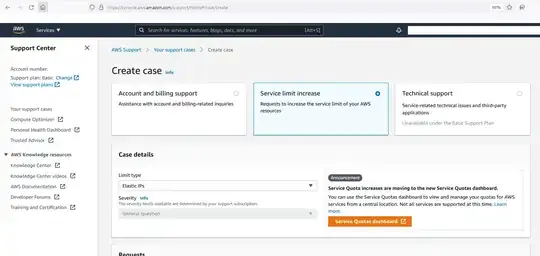I have multiple web application servers running on different Amazon EC2 instances. At the moment, I am able to access those servers on client devices by assigning an Elastic IP to the EC2 instances and then calling the APIs using either the Elastic IP directly, or by pointing a purchased domain name to the Elastic IP. However, I am now running into the Elastic IP limit, meaning I would have to unassign the Elastic IP from one instance before assigning it to a new instance, and I don't want to do that since the older applications are still in use.
I have looked around to see if I can find a solution for this, and have come across some promising things, such as:
- dynamic DNS
- VPC
- Elastic Load Balancer
but I don't understand them well, since I'm a beginner when it comes to infrastructure. What I'm looking for here is for somebody to point me in the right direction about which method to use and why, as well as ideally some material that I could go through to better understand these concepts in detail.
TLDR: What's the best way to create multiple unrelated publicly accessible web applications, each on it's own separate EC2 instance, on one account in AWS, without running into the Elastic IP limit?

